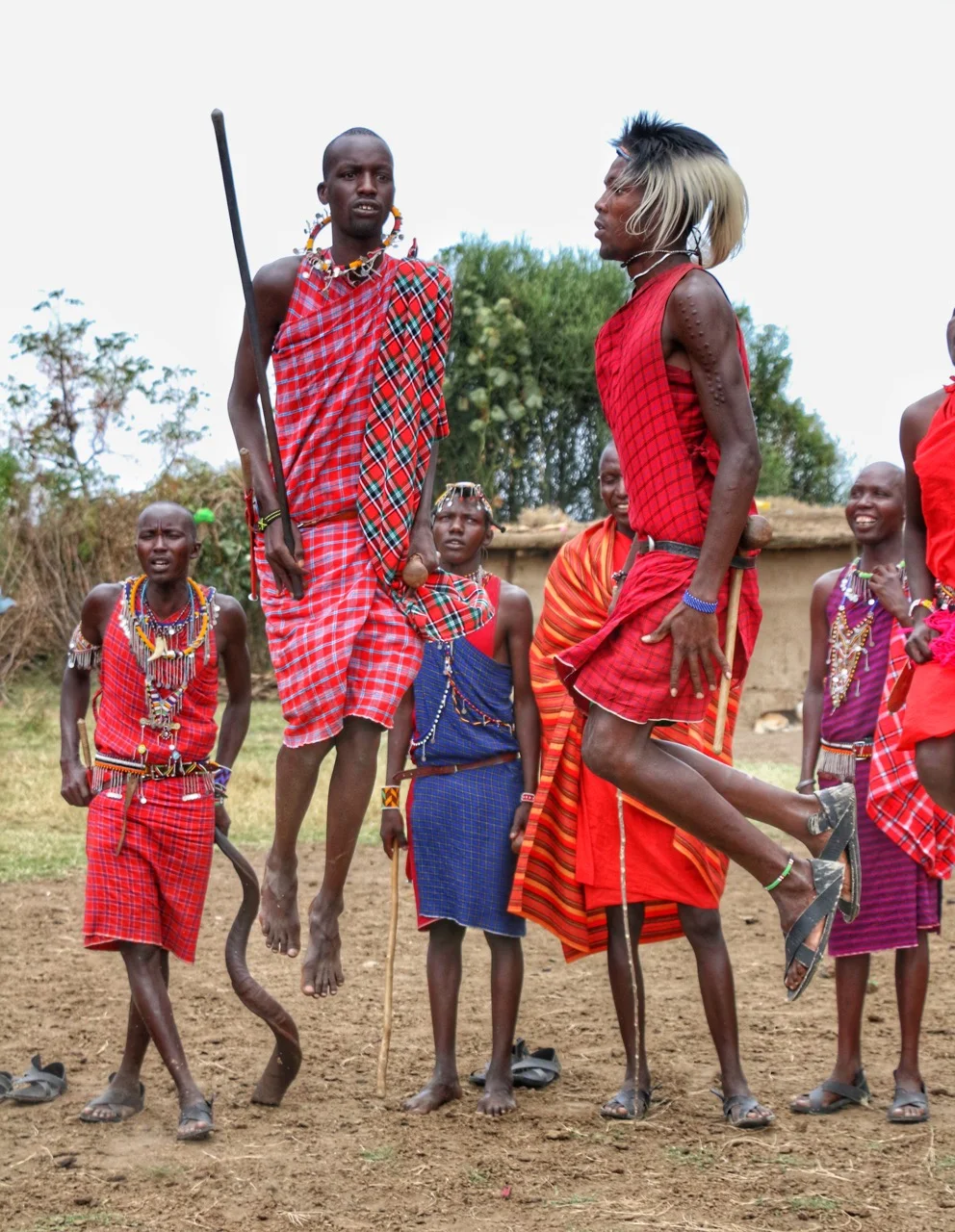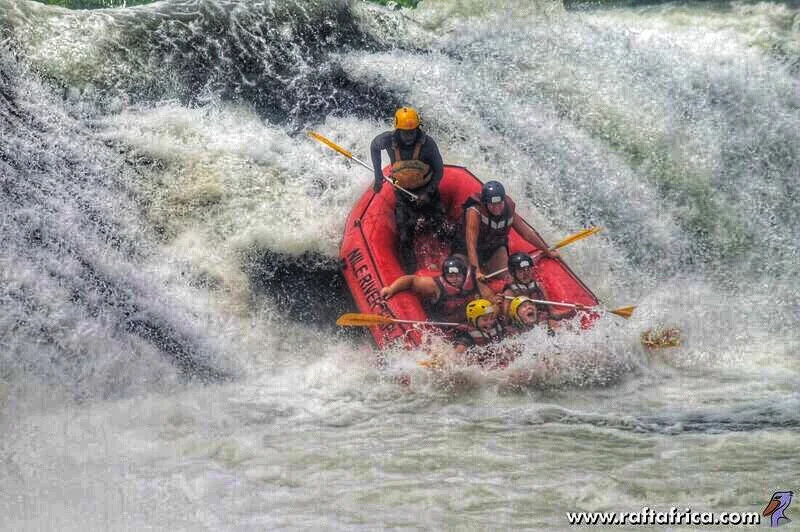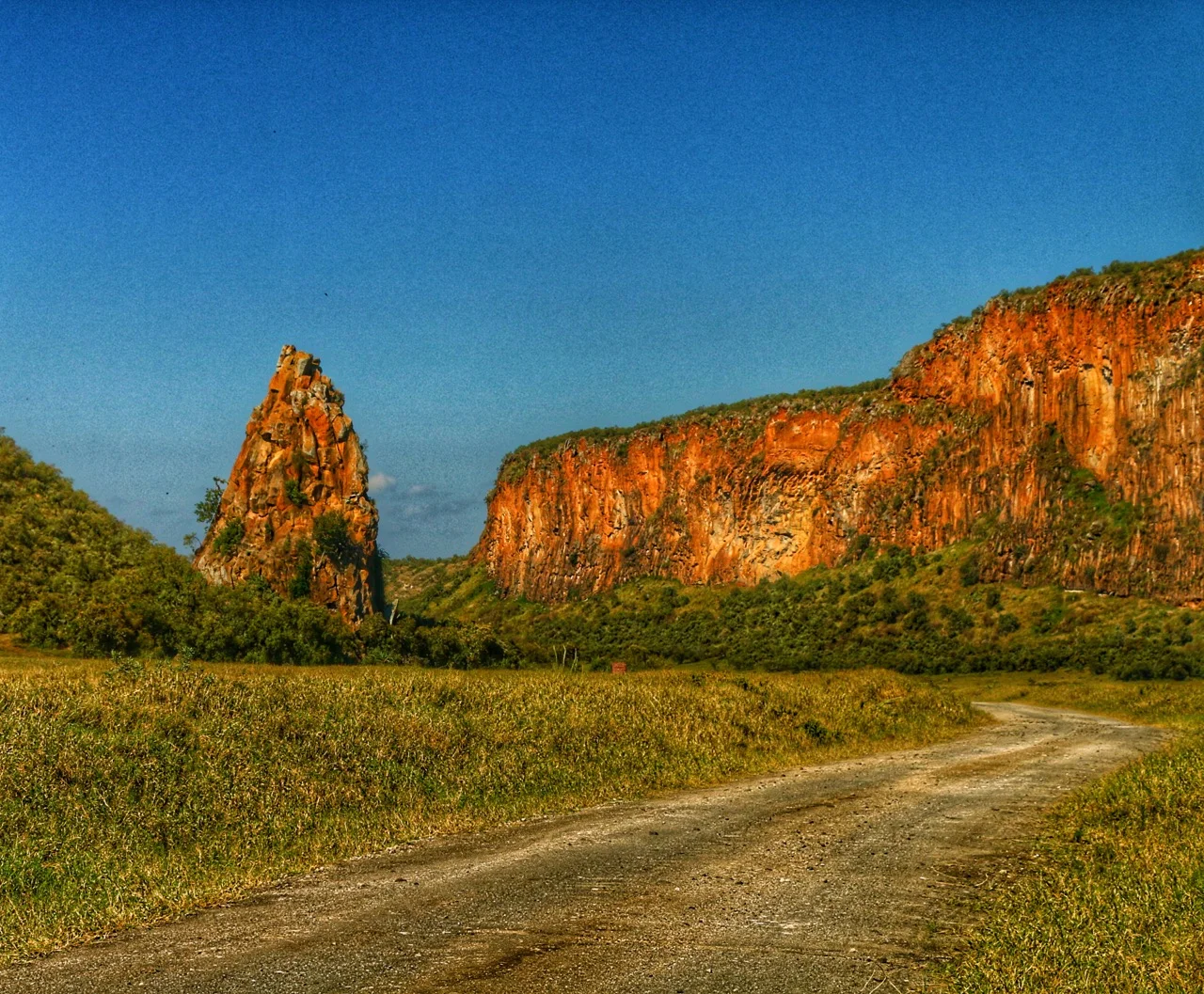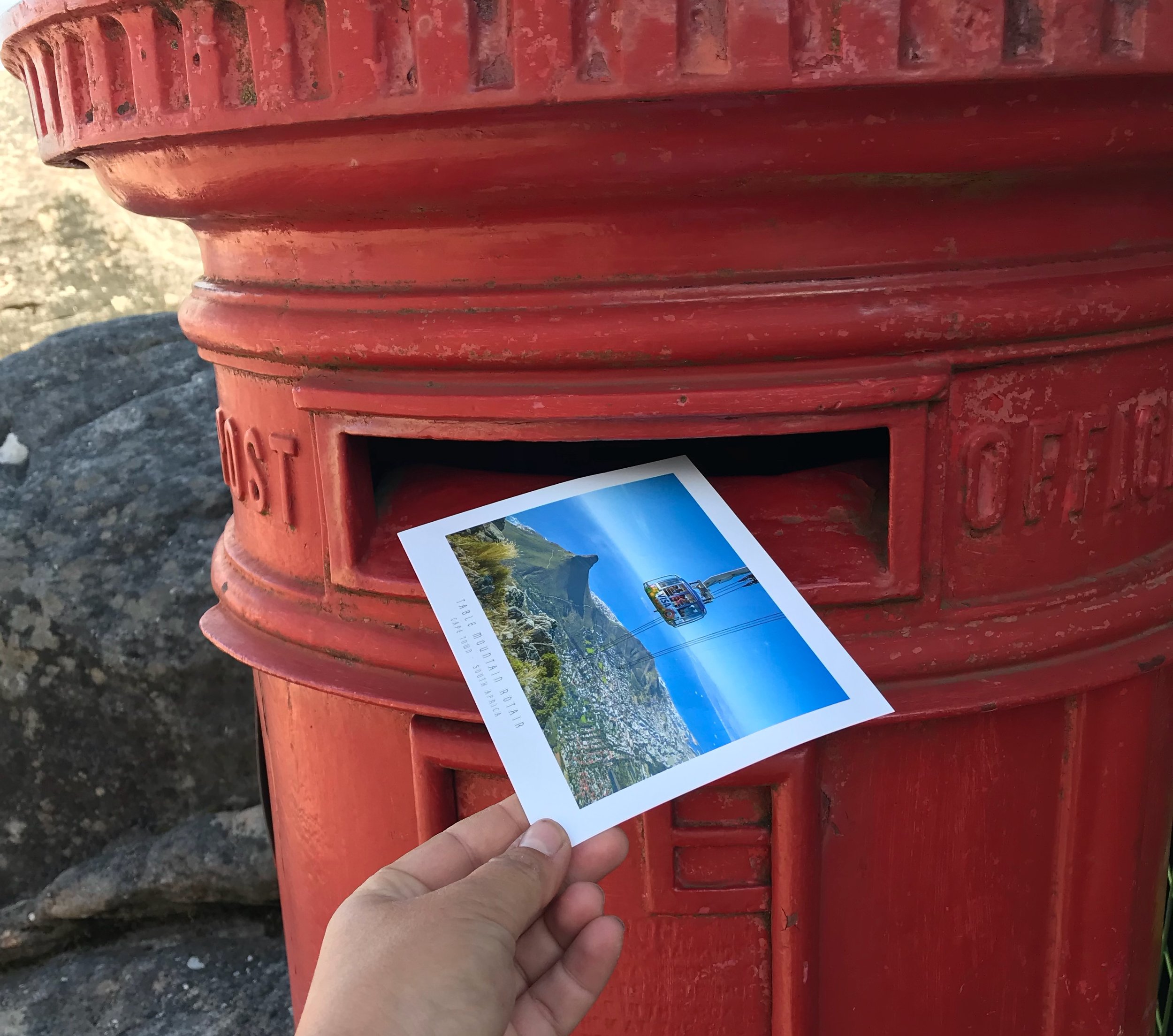Kenya: A Masai Village Visit
The Masai are one of the many groups of people who make up the Kenyan population. They are probably the group most well-known to westerners, and known to me (by name, at least) because of my childhood love of the movie “Cheetah,” where 2 American teens move to Africa, befriend a Masai kid, and they all rescue and rehabilitate a... cheetah. Now that I write it out, the premise seems rather thin and I suspect the racial dynamics would be problematic to say the least.
These guys have serious ups
Some Masai (also sometimes written as Maasai) have maintained traditional villages that are open to visitors for a small fee. They usually consist of an extended family living together in a cluster of mud huts with some livestock, surrounded by a high bush fence (this is lion country, after all). A visit includes a tour of a traditional house, some explanation of their way of life, a traditional song from the women, a traditional song and dance from the men and a trip through their handicraft market.
the ladies
It cost each of us $10 and taking photos and video is expected, nay, encouraged.
The Masai dress beautifully, in elaborate plaid draperies of brilliant scarlet, layers of beaded necklaces and intricate headpieces or hairstyles. Their songs are energetic and their dances are infectious. They adults seem friendly and the kids think we’re hilarious and are enthusiastic high-fivers. I very much enjoyed my visit, and would have no qualms recommending one to another visitor. While it was unquestionably transactional, it did not feel exploitative. People who didn’t want to participate just stayed at the craft market. Those who did perform the tours and dances seemed happy to have us take a million photos of them. And it made me feel comfortable taking photos of people, something I like to do but I’m never sure when it’s appropriate or if I’m being invasive. The up-front fee cleared it all up for me. And I felt like I was giving some economic support to a community that is maintaining its heritage in many ways. If there are problems with this “village visit” system, I didn’t run into them. But I’d be interested in a more researched and nuanced position, if anyone knows where to find one.
who doesn’t love a Land Rover?
So do I think these people really live like this? I’m not sure. I believe people used to live like this. And I think these people do live together in a large extended family. And we see plenty of people walking around towns or along the road wearing red plaid and gorgeous beads. But I’m not sure they live all their lives in mud huts. I wonder whether they have slightly more modern accommodations with some electricity or solar power somewhere, where they spend at least part of their time. I think some of these villages might be more like a Colonial Williamsburg or Plymouth Plantation than true daily life, but it was interesting nonetheless, and I’m glad I went.
If you go: there are plenty of these Masai villages on the way to Masai Mara National Park. Any place you stay could hook you up with a visit.














